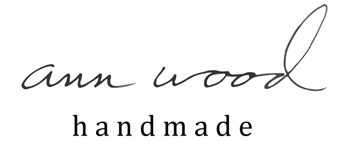
Did you know fabric markers are a thing? I had no idea but happened upon a giant display of them in a big art supply store. They are fantastic and a perfect tool for the botanical classes I taught last week in LA.

I’m always on the lookout for easy ways to make organic looking marks on fabric (there is a whole post about how to do that with bleach printing here). These markers are perfect. There were lots of different sizes and tips to choose from. My favorites were the brush and dot tips. I love a slightly imperfect dot.

The olive marker is a beautiful translucent shade of green. Perfect for adding leaf details to fabric that was dyed olive green. So easy. And you can spritz with water to bleed and smudge and blend the colors. So many possibilities.

*Some links below are affiliate links meaning I get a small commission if you purchase through the link.
If you’d like to try the markers: the brush tip marker is a Marvy Uchida Fabric Marker. The big dot tips are Tee Juice Fabric Markers and the thinner brush tips are Fabrico markers.
By the way I dip my green fabric twice. First in Olive green Dylon Dye (my favorite brand of dye- you can find it at Joann) and then in a light solution of orange dye (Dylon Goldfish is a great orange) to make it brighter, a more acid tone and a little variegated.
Check out a few of the marvelous botanical experiments from the workshop below.

While we are talking about supplies…

I’ll share my new favorite adhesive too. I love everything about Nori Paste. I even love the container. It’s great for collage, easy to work with, extremely smooth and the papers never wrinkle.

Not even a little and I’m using very old, thin and fragile papers. I also tried it on a whispery thin bit of fabric for the bug wings thinking it would fail but the result was perfect. I painted a thin layer of paste to the paper and pressed the fabric into it. Get a10 oz. jar here. It’s so good. And fyi I get a tiny commission if you purchase through this link.
PS – Beetles are on my mind lately. So are ghostly ships and green birds and owls. Stay tuned and have a lovely weekend – ann
















































































